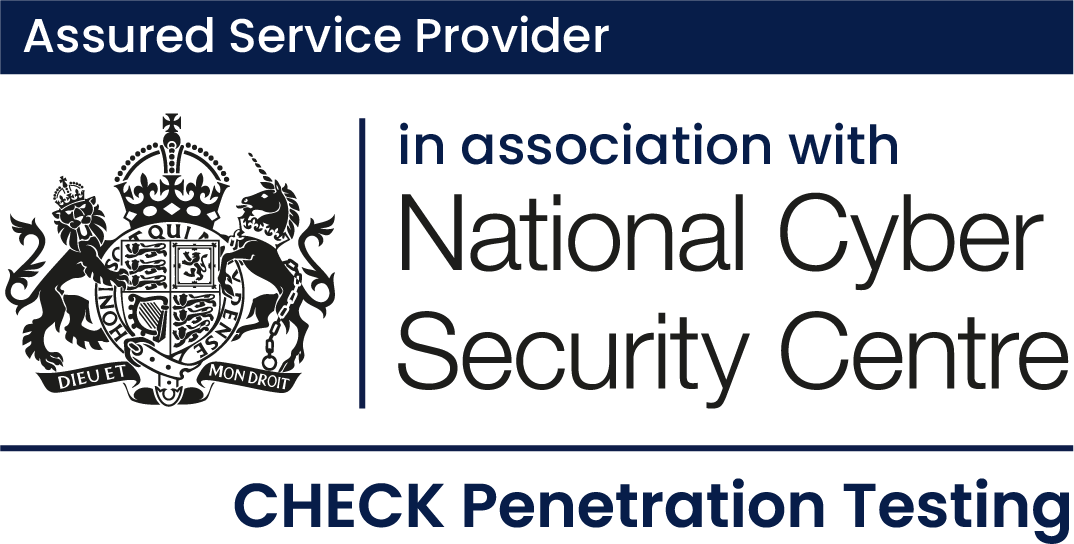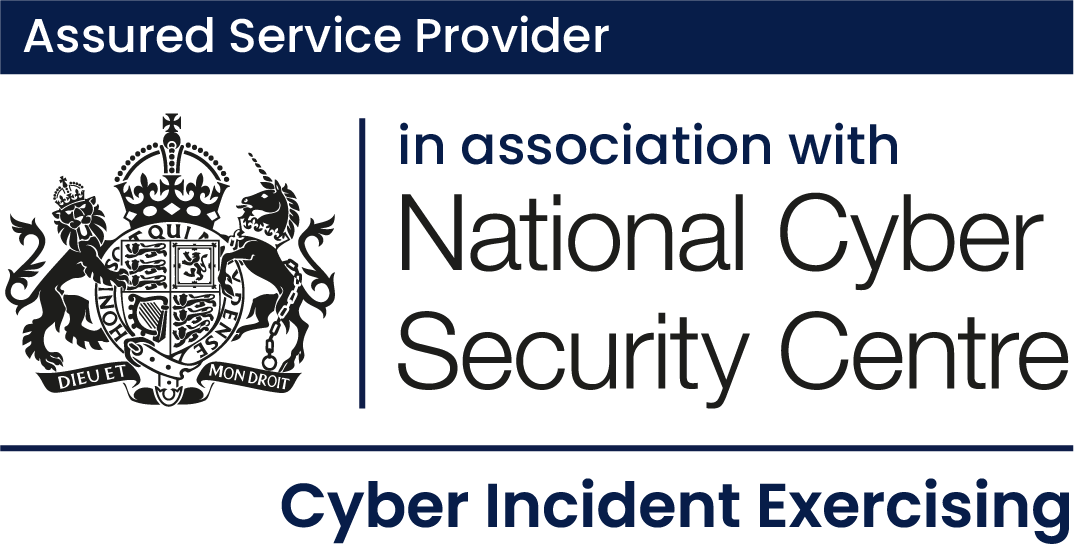Home / Blog Posts / Page 5
In today’s compliance-driven landscape, IT audits and certifications are critical tools to display your organisation’s adherence to industry standards. With
In the world of cybersecurity, red teaming is often seen as the pinnacle of offensive security – a live-fire exercise
In cybersecurity, red teams and incident responders often work on different stages of the same challenge — understanding malicious artefacts,
Today marks an exciting milestone for Prism Infosec – we are officially launching our rebrand. This rebrand is more than
On 22nd July 2025, the UK Government announced a significant legislative proposal aimed at reducing the incentive for ransomware attacks.
A physical red team (breach) test is a real-world simulation of a physical breach. Think: tailgating into a secure office,






Whether tackling a specific challenge or reviewing wider strategy, Prism Infosec brings the experience and practical support required to help organisations manage cyber security risk with confidence.
© Prism Infosec Ltd 2025, a company registered in England and Wales #5985734. VAT Registration Number: GB 879 7957 24
Experiencing a security breach?
Contact the cyber security experts now